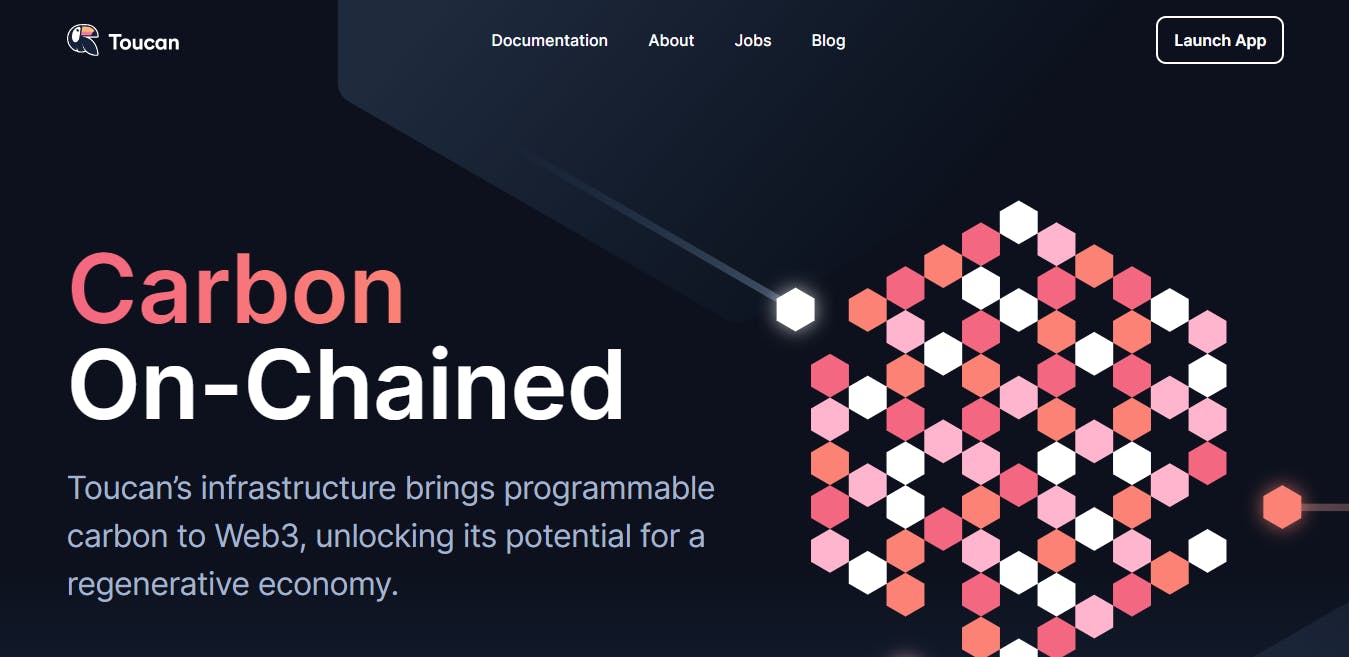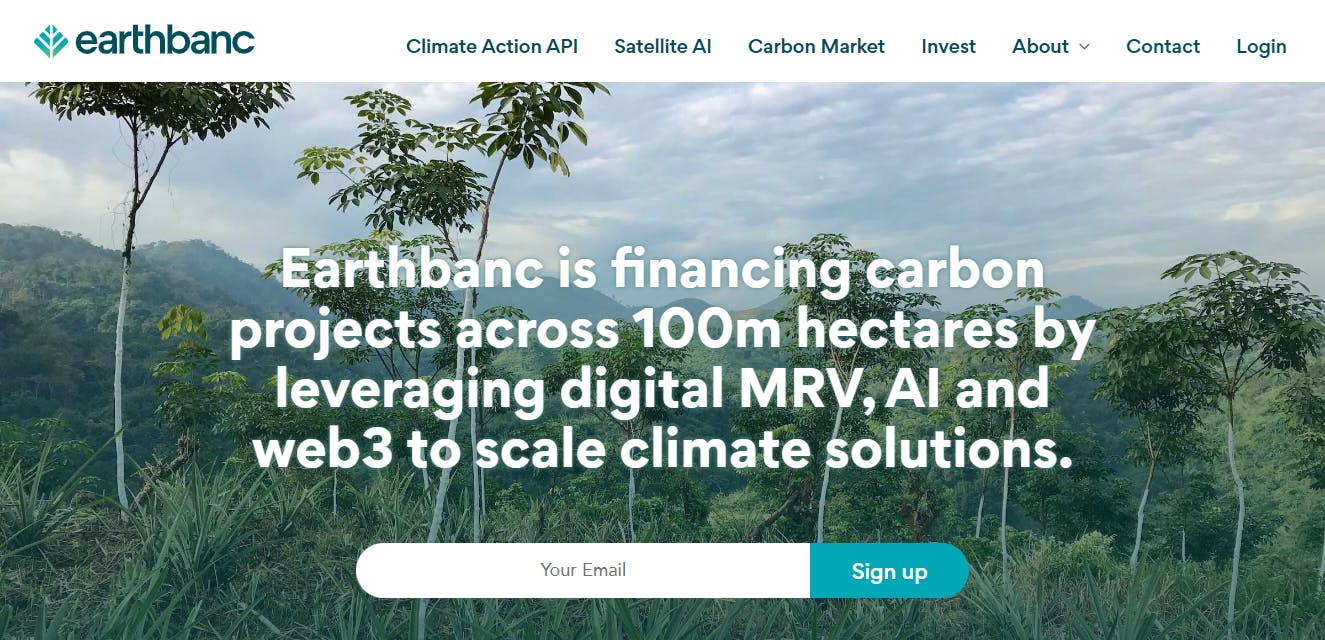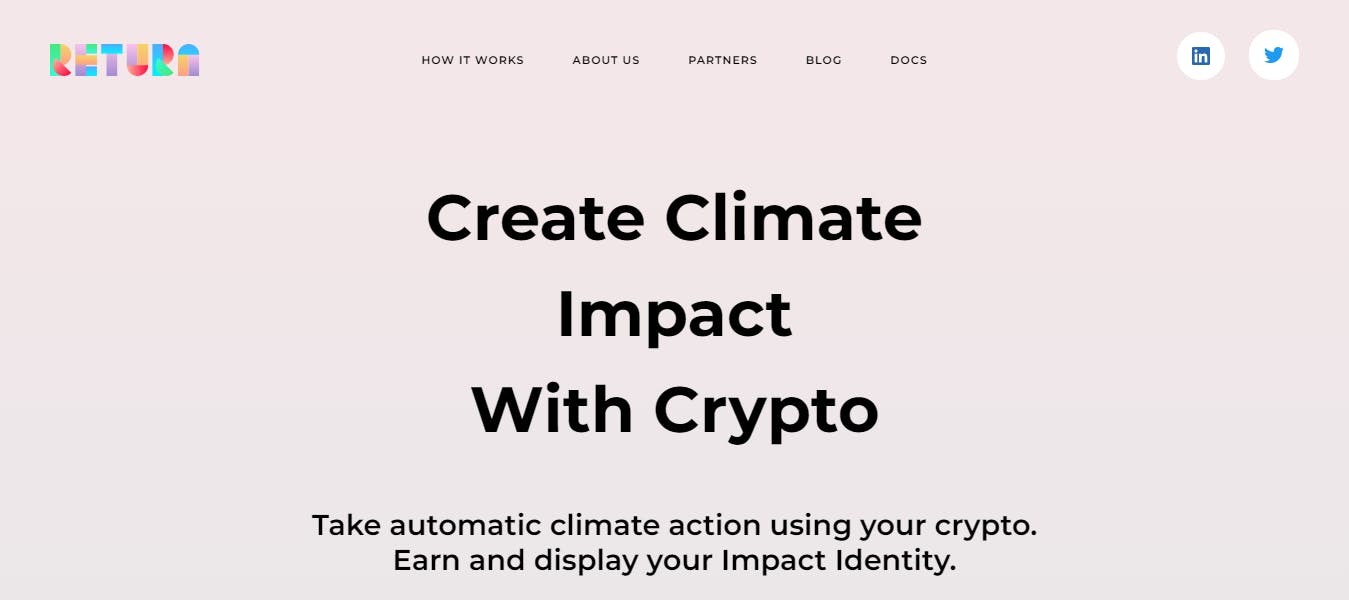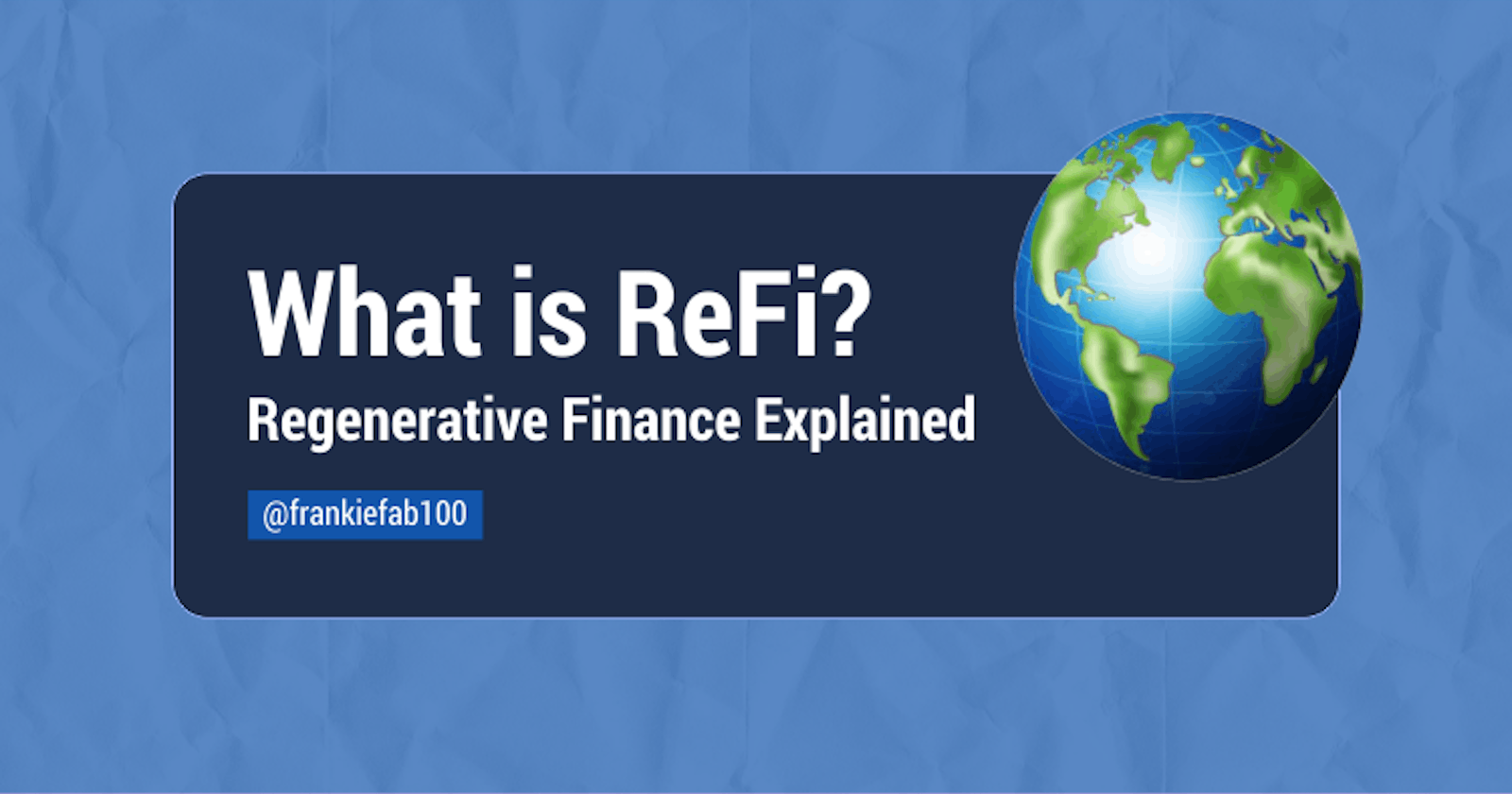What is ReFi? Regenerative Finance Explained
How blockchain technology through regenerative finance will regenerate the planet and carbon footprint.
Today, climate change is one of the most crucial challenges that humanity has ever faced, and lots of work are on going to develop innovative ways to curb environmental challenges and save the planet from greenhouse gas emissions.
This article will explore everything you need to know about Regenerative Finance (ReFi), highlighting the aims of ReFi and notable web3 protocols in the ReFi space.
Without further ado, let’s get started!
What is Regenerative Finance?
Regenerative Finance (also known as ReFi) is a new financial model focused on the biodiversity of global ecosystems, leveraging money as a tool to address the climate impact and renew the Earth.
In the ReFi economy, natural carbon-backed assets (e.g Rainforest) can be assigned monetary value by tokenization. The tokenized assets can be traded, used, or bought through the ReFi project's infrastructure under the control of smart contracts. Lands are also tokenized as a regenerative physical asset that regenerates harmful effects of negative externalities. They are stored in the Regen registry for sale as carbon credits to large investments and industries.
The Objectives of the ReFi Economy
This financial model leverages blockchain technology to solve climate issues through the use of carbon credits. Lands can be regenerated by minting them into carbon credits on-chain and sold to individuals or a group looking to offset their carbon emissions.
Now that you understand what ReFi is all about, let's dig into the nitty-gritty to learn why this innovation is existing.
Some of the objectives and goals of ReFi include:
Ensure transparency in the climate impact report.
Build a financial system to enable more capital flow into regenerative activities and efforts.
Redesign money for innovative climate finance and action.
Sustain the vast carbon store in plants and the environmental ecosystem.
Address climate change by protecting plant trees from further deforestation.
Support projects through the issuance of blockchain-based green bonds, to ensure carbon removal for climate impact.
Regenerate Earth's ecosystem and offset carbon to net zero.
Notable ReFi Projects
Various web3 Protocols are at the forefront of ensuring the reduction of carbon footprint. Let's look at some of them:
1. Celo
Celo is a carbon-negative, EVM-compatible Layer-1 blockchain network launched on "Earth Day" 2020. It allocates a percent of Celo reserve to carbon credits and other tokenized natural assets such as rainforests for the regeneration of global ecologies.
They are the network behind the product Valora— an application positioned to drive mass adoption of blockchain technology and cryptocurrency. This app makes it easy for people to access financial services. With the help of the phone identity system (PIS), their phone number is confirmed as a wallet address for sending and receiving cryptocurrency tokens.

2. Toucan Protocol
Toucan protocol builds the infrastructure that brings carbon credits and planet-positive activity onto blockchains, unlocking innovation and financing for meaningful climate action at scale.
This protocol converts carbon offsets to toucan bridges and tokenizes real-world carbon credits in exchange for semi-fungible tokenized Carbon dioxide.

3. Flow Carbon
Flowcarbon finances solutions that mitigate climate change, protect the planet, and make natural assets more valuable intact than destroyed while connecting corporations, individuals, and developers to a carbon market rich with incentives.
The aim is to accelerate decarbonization through the preservation and protection of earth’s natural ecosystems and bring carbon credits onto the blockchain to create democratized access, price transparency, immutable tracking of credits, and incentivize high-impact climate change mitigation projects.

4. Earthbanc
Earthbanc offers verified carbon credits, incentives and investment opportunities in land regeneration and carbon removal projects for farmers and land stewards.
It makes investing in climate action easy and profitable for those who are sequestering carbon. It also finances agroforestry, regenerative agriculture, mangrove and sea grass restoration, kelp forest protection, holistic grazing, and more.

5. Nori
Nori is a platform that makes it easy to fund carbon removal and emissions to eliminate climate catastrophe. They are building a massive marketplace for carbon removal.

6. Future Quest
Future Quest is a web3 ecosystem that makes it easy and rewarding for people to take meaningful action on climate change.

7. Return.green
Return Protocol builds web3-based infrastructure for incentivized climate action empowering consumer, business or community to take transparent and value aligned climate action by funding impactful climate projects.

8. ClimeDAO
Clime DAO is a Carbonbank as a service (CAAS) platform that helps leading businesses and cities create climate equity, and engage their community members to make a positive impact, reducing the time and cost to take and verify climate action.

Disclaimer: This content is for informational purposes only and is not investment or trading advice. The views and opinions expressed in this article are exclusively those of the author.
Final Thoughts
As we have seen, what Decentralized Finance (DeFi) is to the banking and financial system in terms of lending, borrowing, etc, is what ReFi is to the environmental ecosystem. It ensures universal access to financial tools to compensate for all negative externalities for ecosystem restoration, sustainability, and social justice.
Do you think I have missed out on something? If yes, then do let me know in the comment section. Also, check out other articles on my blog.

